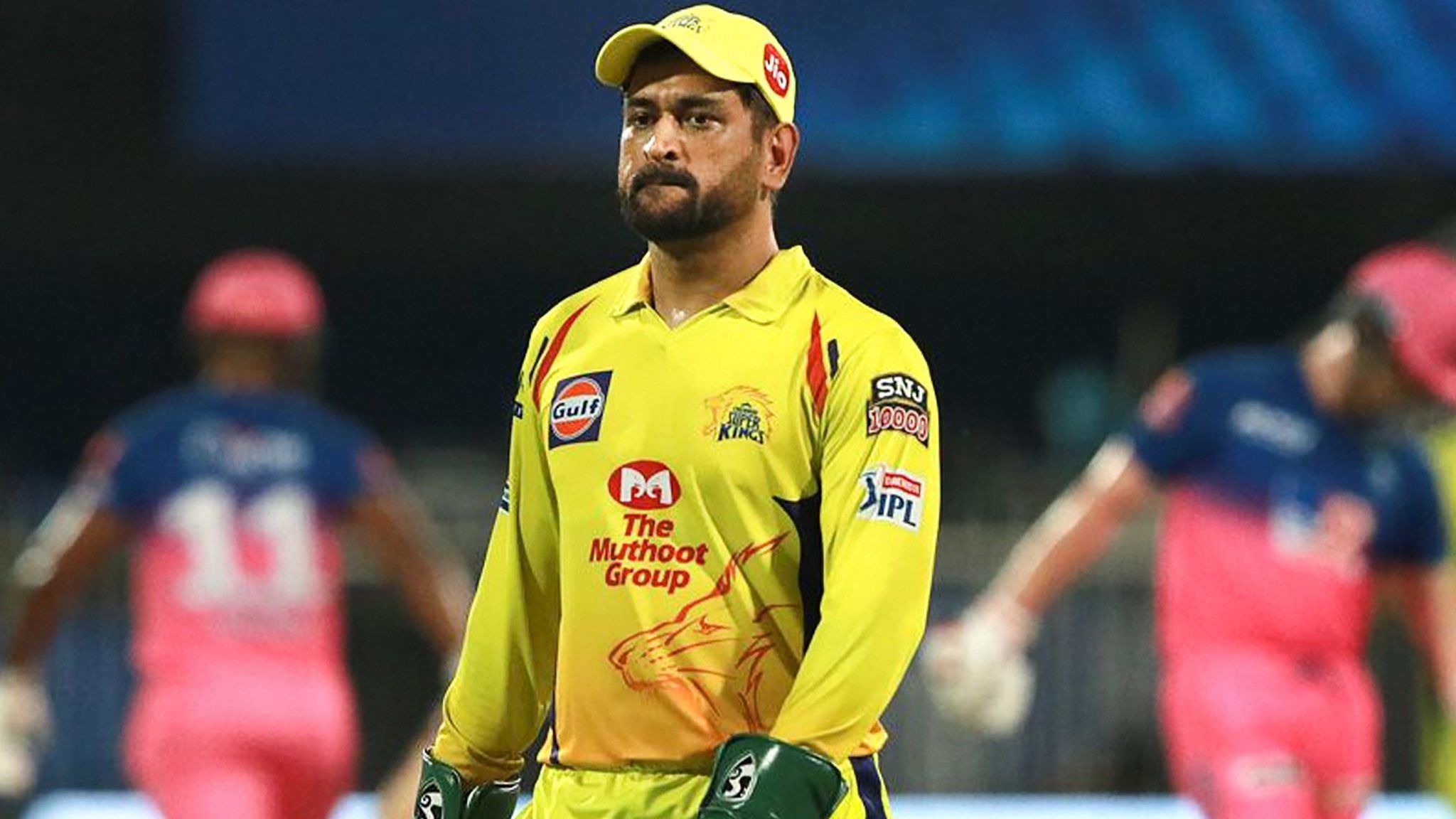
Government aims to develop 360 km of ropeways under Parvatmala Programme, attracting international players. Feasibility studies, cost estimates, and realistic deadlines are crucial for timely project completion. Examples like Gaurikund to Kedarnath and Govid Ghat-Ghangaria-Hemkund Sahib highlight the need for better feasibility reports. NHLML extends bid deadlines. NHAI and NHLML present ropeway expansion target to national and international players.
NEW DELHI: As government announced the target to develop 360 km of ropeways under
Parvatmala Programme
entailing an investment of Rs 40,000 crore in the next 8-10 years and also attract international players, global industry majors urged the Centre to focus on carrying out perfect feasibility studies, better estimate of costs, and setting realistic deadlines for projects. They said these are key for timely completion of projects, while highlighting how deficient feasibility reports delay bidding out of projects.
Two such examples are Gaurikund to Kedarnath and Govid Ghat-Ghangaria-Hemkund Sahib in Uttarakhand, which have not been bid out yet even more than a year after the foundation stones for them were laid by Prime Minister
Narendra Modi
. Sources said the
NHLML
, a body under the National Highways Authority of India (NHAI) that implements ropeway projects, has extended the due date for submitting bids to this month-end.
On Tuesday, the NHAI and NHLML made a presentation on the target to extend the length of ropeway length from the current 65 km to 360 km before national and international players at a symposium. The agencies said that so far three projects have been bid out, including the country’s first urban ropeway in Varanasi. Seven more are under different stages of bidding and in another 20 projects, the detailed feasibility study is in progress.
Peter Vogelmann
, director (international sales) of Doppelmayr, flagged the issue of repeated postponement of bid due dates and low cost estimates, which impact the project execution. Alper Soken, executive board member of Bartholet urged government to set realistic deadlines while Benjamin Fauchier, director of public affairs and sales head of POMA suggested more investment in feasibility studies of projects. Fauchier said there should be more focus on designs, proper project preparation and planning before inviting bids.
In his address, Union road transport and highways
Nitin Gadkari
said the our foremost priority of the sector in India should be to make ropeways economically viable by bringing down the overall project cost to make this affordable. He said focus should be in developing indigenous and cost-efficient solutions without compromising safety.












 English (US) ·
English (US) ·